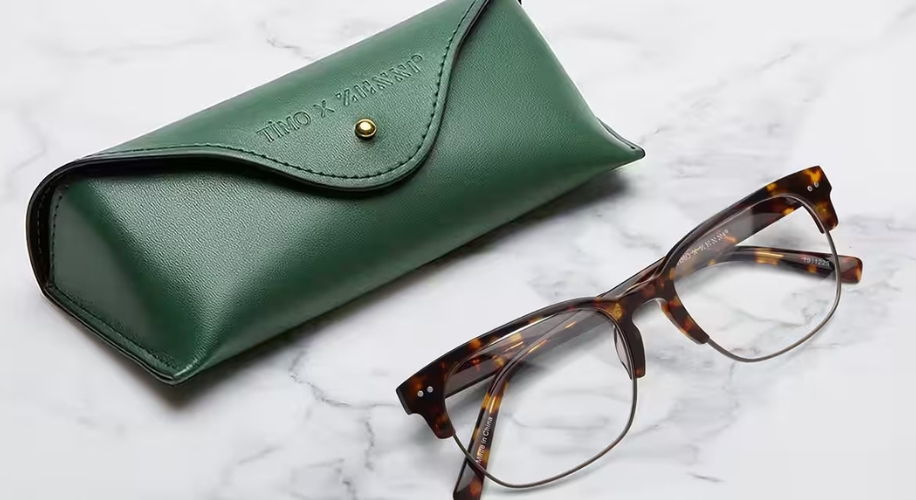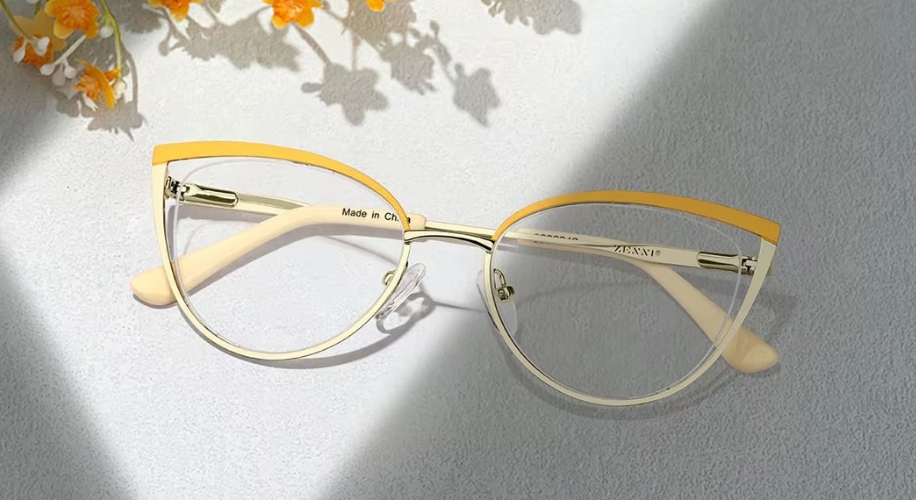Bifocals vs Progressives: Which is Better?
- BY Dr. Steven Liem
- IN Eye Health
When it comes to vision correction, deciding between bifocals and progressives can be a daunting task. Both options cater to individuals with presbyopia, a common age-related condition that affects near vision. Understanding the differences and benefits of each can help you make an informed choice suited to your lifestyle and visual needs.

Photo by Andrea Piacquadio
How Bifocals Work
Bifocal glasses have been around for centuries and are characterized by distinct zones within the lenses.
- Distinct Zones: Bifocal lenses have a visible line separating two distinct areas. The upper part corrects distance vision, while the lower part is designed for near vision.
- Segmented Vision: Users switch between the zones depending on the task at hand, such as looking across a room or reading a book.
Benefits of Bifocals
- Clear and Crisp: Bifocals offer sharp vision in two different focal lengths without the need to adjust the lenses continuously.
- Cost-Effective: Typically less expensive than progressives due to simpler lens designs.
Drawbacks of Bifocals
- Visible Lines: The line between the zones can be noticeable, which some wearers find aesthetically unappealing.
- Limited Intermediate Vision: Bifocals may not provide optimal vision for intermediate distances, such as computer screens.
Shop These Frames
How Progressives Work
Progressive lenses are a more recent advancement in eyewear technology, offering a smooth transition between different prescriptions.
- Gradual Transition: Unlike bifocals, progressive lenses have no visible lines. They provide a seamless progression of prescription strengths from top to bottom.
- Three Zones: Progressive lenses include areas for distance, intermediate, and near vision, accommodating a wider range of activities.
Benefits of Progressives
- Natural Vision: Provide a more natural visual experience by eliminating the abrupt transition between different prescriptions.
- Versatility: Ideal for modern lifestyles that involve frequent shifts between various distances, such as using smartphones and computers.
Drawbacks of Progressives
- Adaptation Period: Some wearers may experience an adjustment period due to the gradual change in prescription strengths.
- Cost: Typically more expensive than bifocals due to the complexity of the lens design.
Shop These Frames
Choosing the Right Option for You
The decision between bifocals and progressives ultimately depends on your personal preferences, lifestyle, and vision correction needs:
- Consider Your Activities: If you frequently switch between different distances, such as using digital devices and reading, progressives may offer a smoother transition.
- Comfort and Aesthetics: Bifocals provide clear vision with distinct zones and may be more cost-effective, while progressives offer a more seamless experience albeit at a higher cost.
- Consult with an Optometrist: Your eye doctor can assess your vision and recommend the best option based on your eye health and lifestyle.
Both bifocals and progressives have their strengths and weaknesses. Whether you prioritize clear vision at specific distances or prefer a seamless transition between near and far, understanding these differences will help you make an informed decision. Remember, the right choice is the one that enhances your vision and suits your daily activities best.



